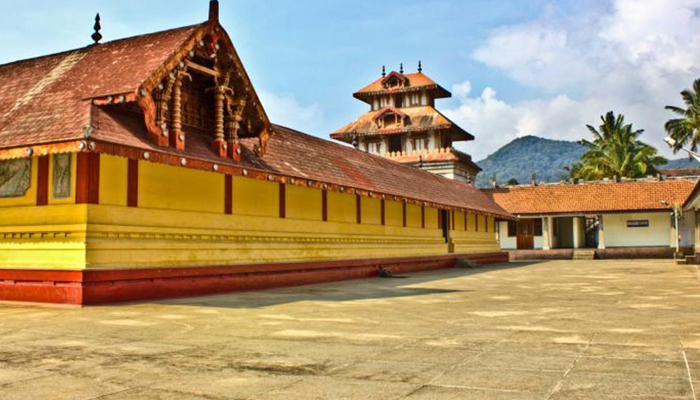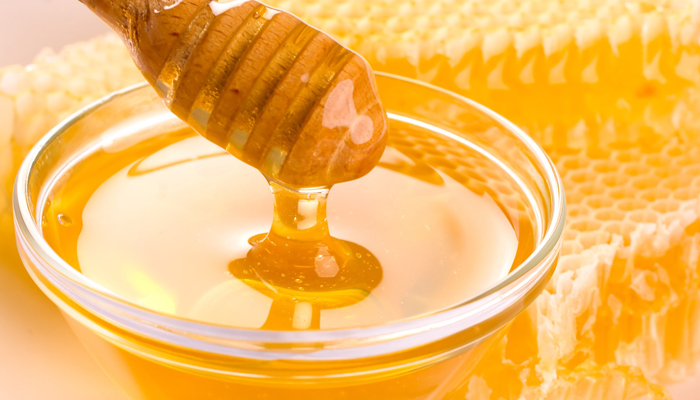Coorg is 1,593 square miles of undulating topography carpeted in every shade of green. High up in these coffee covered hills, the sacred Cauvery river is born. An ideal destination for honeymooners, leisure & adventure seeking patrons. A must see hill station for all.

Talacauvery
The birthplace of the sacred river Cauvery, is located 44 km from Madikeri, on the slopes of Brahmagiri Hill. Besides being a pilgrimage center, Talacauvery is known for its natural beauty.
Tibetian Settlements Around Baylkuppe
Southwestern Karnataka is also home to the largest Tibetan settlement in India outside the Himalayan belt. Both recent refugees from Tibet and those born elsewhere, live here in a landscape and climate that is a far cry from Tibet but, as one monk pointed out, with one crucial consolation: they live without fear and practice their faith in freedom..


Bhagamandala Temple
36 Kms from Madikeri. Built in the Kerala style at the confluence of three rivers(the Cauvery, the Kannika and the Sujyothi), this temple houses a variety of smaller shrines dedicated to various gods.
Festivals Of Coorg
The cultural life of the people of Coorg centers on the village and the family. Religious festivals, marriages, births and the three major festivals of Kailmuhurtha or Kailpodh, Kaveri Sankramana and Huthri or Puthri are the main events of the lives of the people of the town of Coorg. There are just a few festivals that the people of Coorg observe with great dedication.


Trekking
Trekking in Coorg is an ultimate experience. In Coorg there are many summits to conquer and many jungles to trek. Trekking trips can be organized with professional guides. Preparation and precaution is always advised before you plan any trekking trip in Coorg.
Raja's Seat
According to legend, the kings of Kodagu spent their evenings here. But what's unforgettable about Raja's seat is the spectacular sunset that one can enjoy from here.


Abbi Falls
Only 7 kilometers from Madikeri town is the Abbi Falls. The narrow and steep road to Abbi squirms though the dense flora of surrounding coffee plantations. Located on private property, a narrow pathway leads to the waterfall. Splashing hard against the huge boulders of rock, unmindful of the crevices and hollows, the water drops at enormous speed accompanied by gushing sounds. A feast for eyes, this white veil of water descends into a flowing stream to unite to the River Cauvery.
Cauvery Coorg Honey
Famous for being the producer of honey, though most come here for the Bhagamandala temple. This is Coorg’s most important temple. But Bhramhagiri Hill is the most famous place to visit near Cauvery Resorts. You could also visit the honey farms.


Irpu Falls
If you are sportiest, it is a great place to begin. You could start from behind the Rameshwarna temple, and relax at a refreshing pond halfway up the falls. Then, if you are some strange sort of enthusiastic trekker and have some spare RBC (the leeches demand that), carry on to the top.
Madikeri Fort
Madikeri fort was first built by Mudduraja in the last quarter of the 17th century. He also built a palace inside the fort. It was eventually rebuilt in granite by Tipu Sultan who named the site as Jaffarabad. In 1790, Doddavira Rajendra took control of the fort. The palace was renovated by Lingarajendra Wodeyar II in 1812-1814. The fort makes an interesting study on the overlapping dynasties that settled in Coorg.


Nisargadhama
Is a breathtakingly beautiful island off the state highway, 2 km from Kushalanagar town and 28km from Madikeri. The 64-acre island, surrounded by walking across a hanging bridge.
Dubare
At the Dubare a visitor can spend hours simply watching Elephants and of course, learning more about them. A trained Naturalist is at hand to explain the various aspects of Elephant history, ecology and biology. The visitor can not only observe and learn but also participate in various activities involving Elephants. Dubare is the place for you where you can get a trip for fun as well as real adventure.


Harangi Dam
Around 6kms from the madikere kushalnagar road is the harangi dam. The harangi river forms a huge reservoir that is a perfect place for a picnic and a drive.
Nagarhole National park
Derives its name from the combination of two Kannada words. 'Nagar,' meaning snake, and 'hole,' meaning streams. True to its name, quite a few serpentine streams fork through the rich tropical forests of the park. Nagarhole Park was set up in 1955. In 1975, its area was increased to include a greater expanse of forest reserve. The original forest was once an exclusive hunting ground for the erstwhile Maharajas of Mysore. The park has been recently renamed as Rajiv Gandhi National Park after the late Prime Minister of India.
